Latest
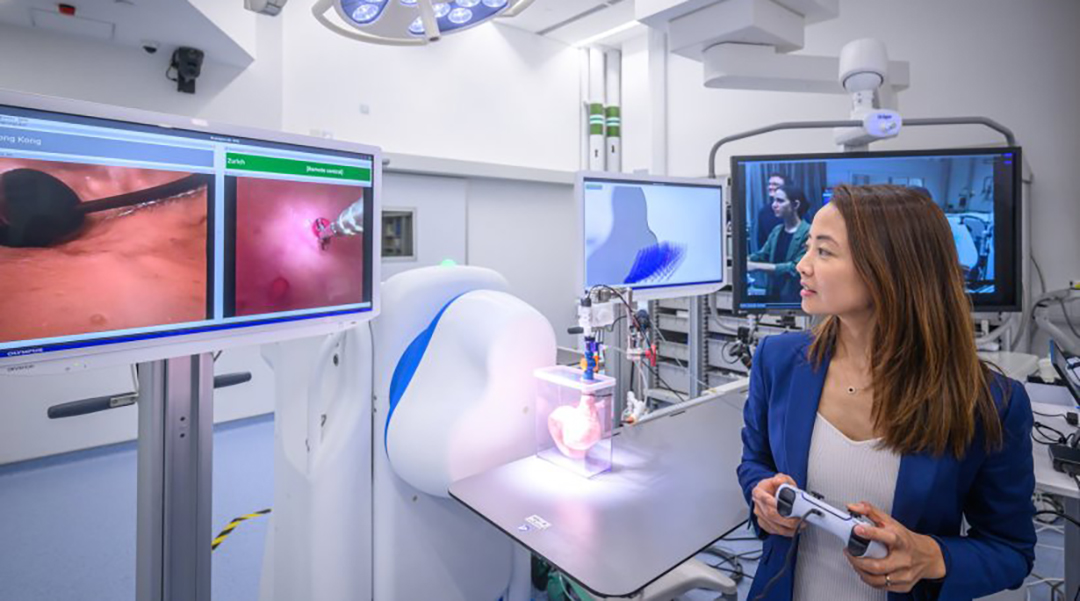
Remote-controlled robot is changing the game for endoscopes
A new teleoperated robot makes it possible to perform endoscopes remotely, making the procedure available in underserviced regions.

Gigantic cosmic strings may have spawned supermassive black holes and galaxies
Scientists theorize that cosmic strings interacting with dense matter in the early universe provided the seeds for galaxies and black holes.

How flickering lights cause hallucinations in our brains
Scientists have solved a centuries-old mystery that could help develop new forms of non-invasive brain therapy.
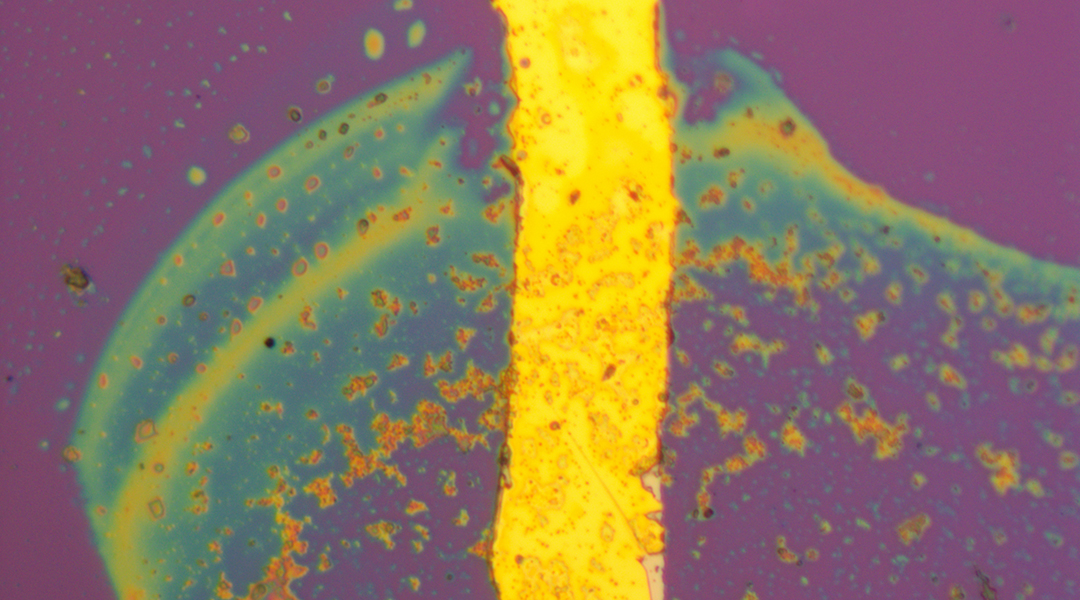
Diamond-based sensors measure temperatures on the nanoscale
Scientists have optimized nanodiamond sensors, with potential breakthroughs in electronics, medicine, and quantum tech.
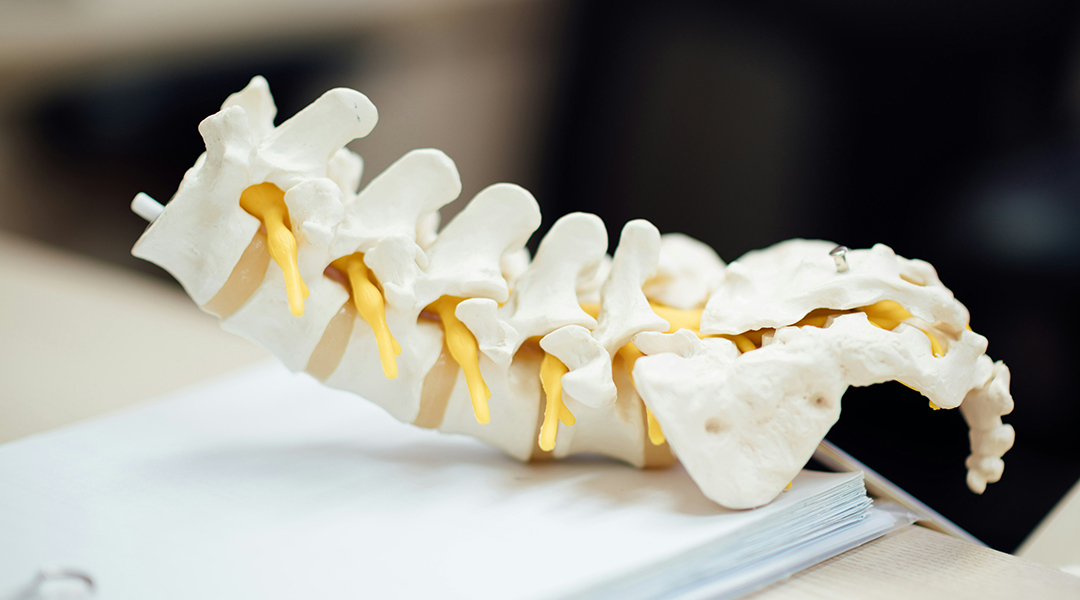
Using 3D printing to treat bone infections
A new biomaterial shows unprecedented success at eliminating bacteria that cause bone infections and promote the regrowth of injured bones.

Smart wearable device monitors high-risk postpartum women
A cloud-integrated wearable device could help catch postpartum problems during those critical first weeks after delivery.

Plant-based sunscreen ingredient gets a much-needed boost
Scientists have stabilized the natural product sanshool, a promising active ingredient for sunscreen and skincare products.
ASN Weekly
Sign up for our weekly newsletter and receive the latest science news directly to your inbox.

Antibacterial surface coating makes medical devices safer
A new antibacterial surface treatment could help improve the safety of medical devices by minimizing the risk of infection during their use.

First glimpse of orbiting companions to X-ray binary star
The first images of the environment around an energetic X-ray binary star could help expand our understanding of planet and star formation.
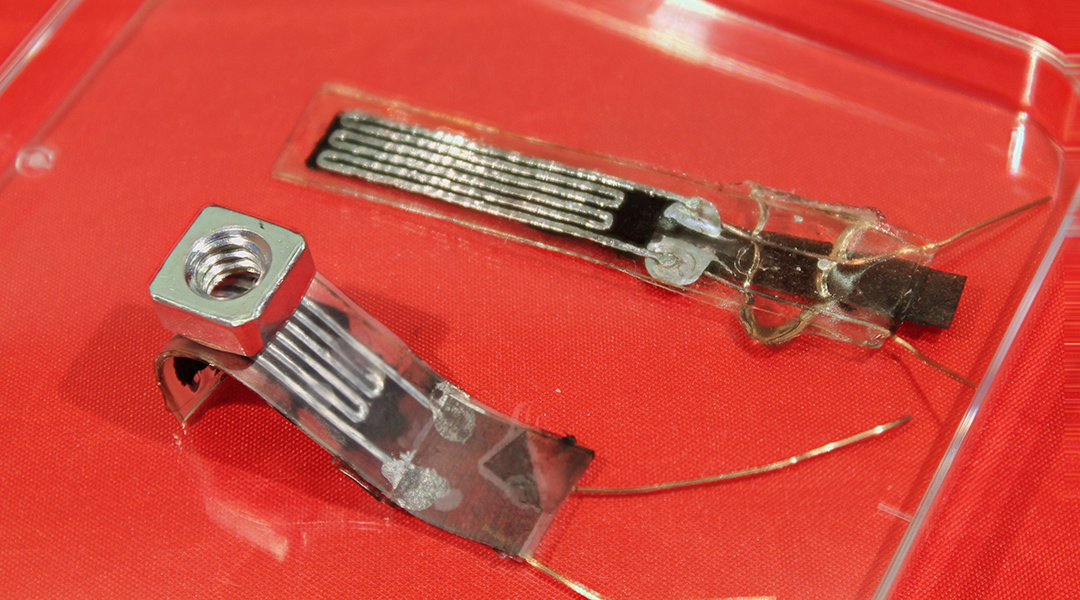
Making stickier tape
A new surface treatment enhances the adhesion of double-sided tape to make stickier tapes for soft electronics.

How do you make an electronic nose smart?
A smart electronic nose that mimics the human nose with its millions of receptor cells and ability to differentiate smells.
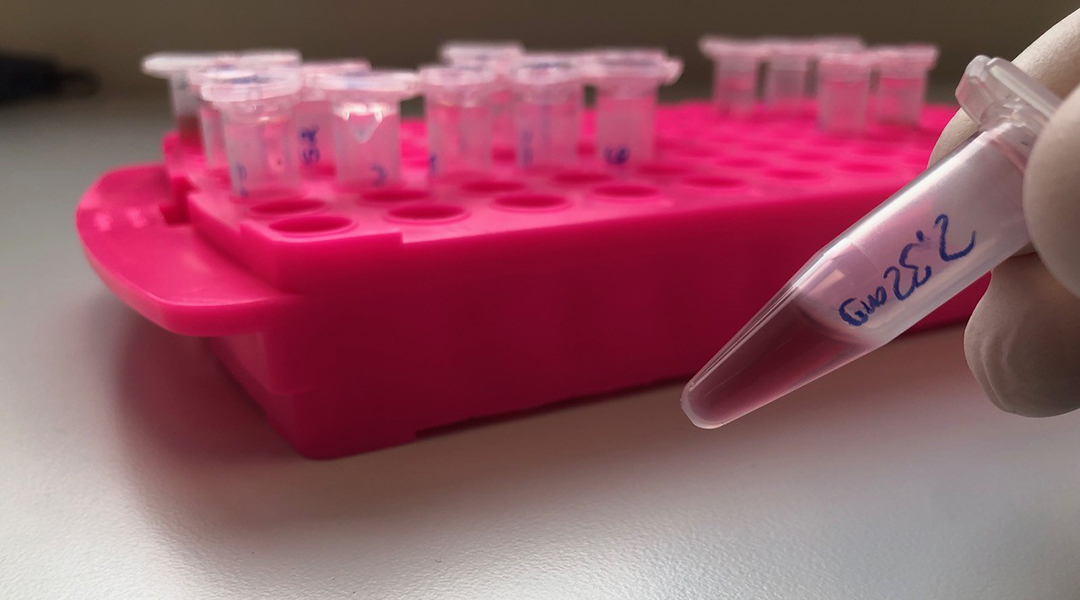
Broad-spectrum antivirals made from polymers
Polymer-based broad spectrum antivirals show activity against Zika, Ebola, HIV-1, the Herpes simplex virus, and now, SARS-CoV-2.

3D printing with sound
Using sound fields to trap particles and mold matter in complex shapes, scientists are taking 3D printing to the next level.

String theory may offer an alternative to dark energy
A new study evaluates gravity using string theory, a promising candidate for describing particle interactions at their most fundamental level.

Uncovering hidden reserves of natural hydrogen
Recent discoveries have unearthed a bonanza of natural hydrogen in significantly larger quantities than was previously thought possible.
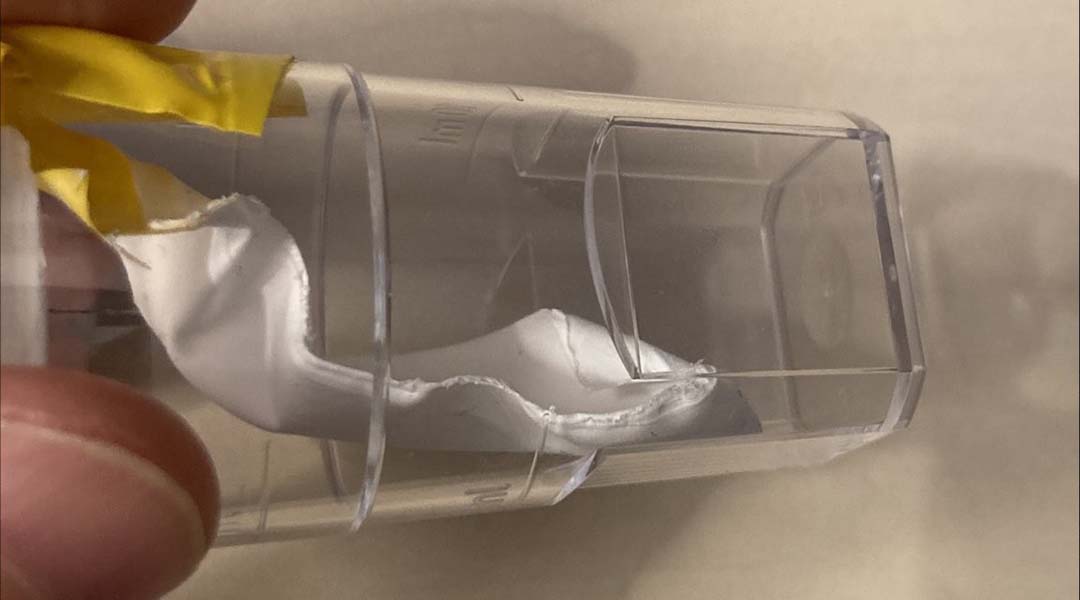
Weaving a new flexible energy harvesting technique for wearable tech
A new triboelectric laminate can convert movement to electricity 400 times more efficiently in wearable and implantable technologies.
No Results Found
The page you requested could not be found. Try refining your search, or use the navigation above to locate the post.
No Results Found
The page you requested could not be found. Try refining your search, or use the navigation above to locate the post.
No Results Found
The page you requested could not be found. Try refining your search, or use the navigation above to locate the post.
No Results Found
The page you requested could not be found. Try refining your search, or use the navigation above to locate the post.
No Results Found
The page you requested could not be found. Try refining your search, or use the navigation above to locate the post.

AI is revolutionizing manual cell counting
AI is changing the labor-intensive process of manual cell counting, offering improved accuracy, efficiency, and a door into new scientific applications.
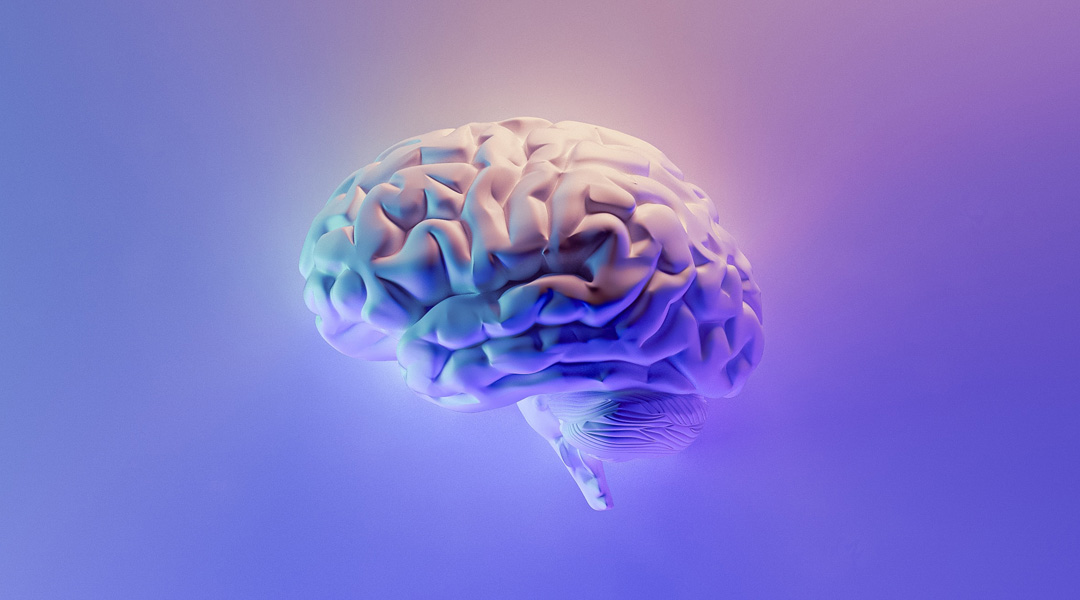
3D bioprinting to unveil the secrets of the brain
When building a functional model of the brain, it’s crucial to think about more than just neurons.
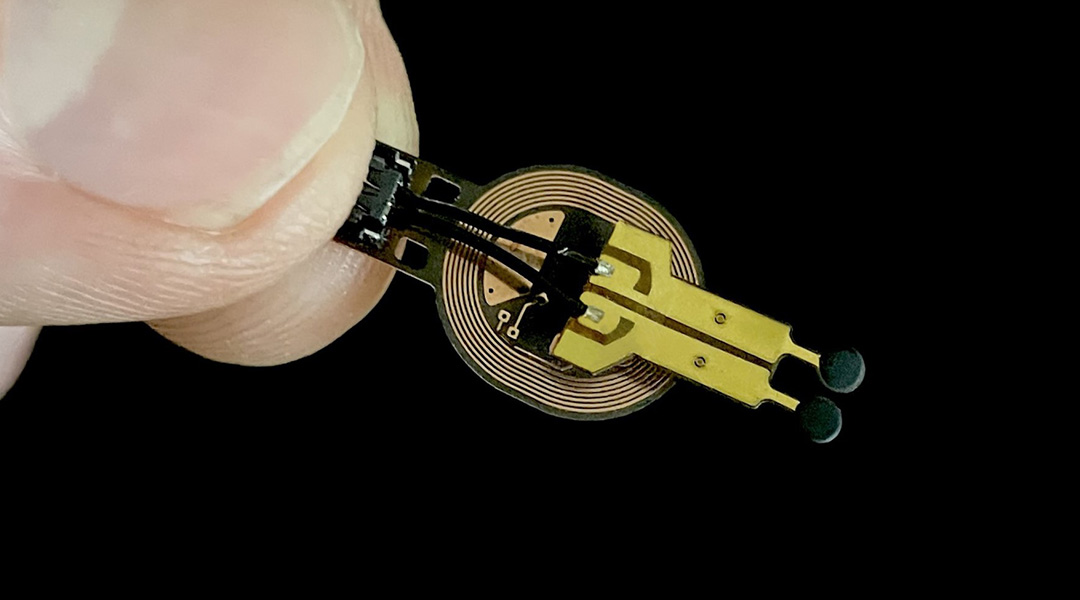
Predicting wound healing with a wound-integrated miniaturized sensor
Scientists develop a sensor that predicts wound healing rate with more than 70% accuracy.
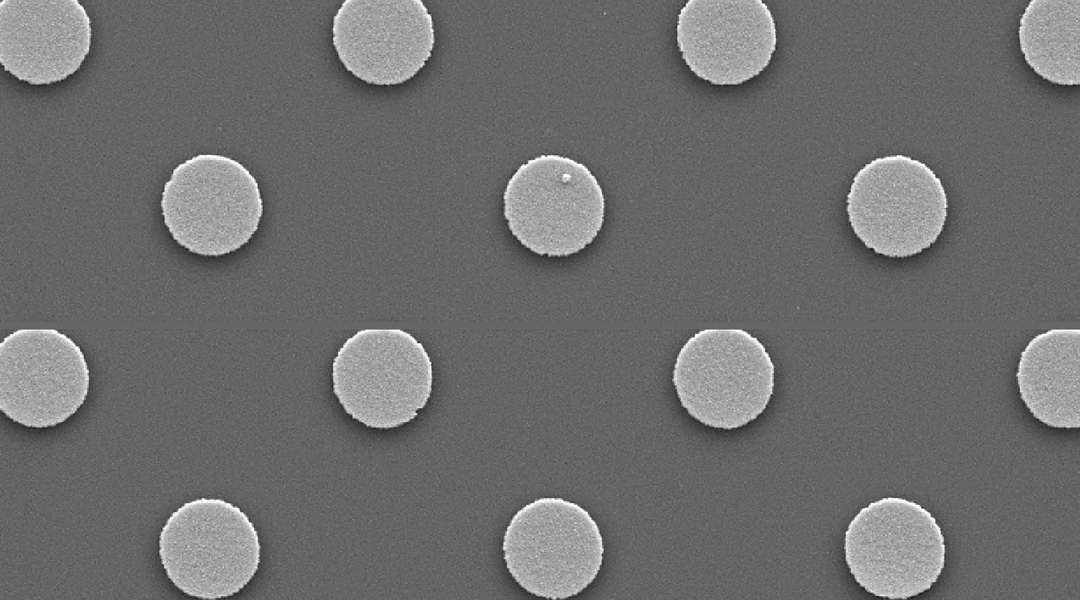
Artificial muscle noninvasively promotes insulin production
A membrane embedded with magnetic microdisks mechanically stimulates pancreatic cells to produce insulin, which could help treat diabetes.
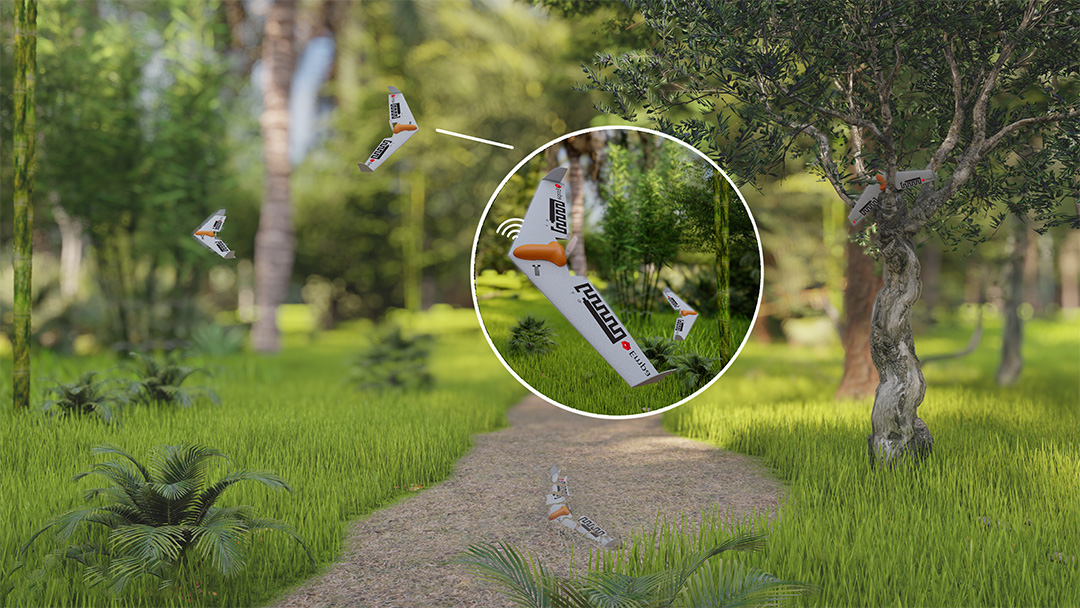
A biodegradable drone for environmental monitoring
The forest floor should be able to make a meal out of this new drone made of almost completely from biodegradable parts.

Using light to power wireless brain-like computers
An optical device uses light-based signals for computation and communication and is a vital step toward advanced neuromorphic computers.

Low-cost contact lenses to tackle color blindness
Scientists used 3D printing and an inexpensive ink to make colored contact lenses that could improve color distinction in color-blind people.
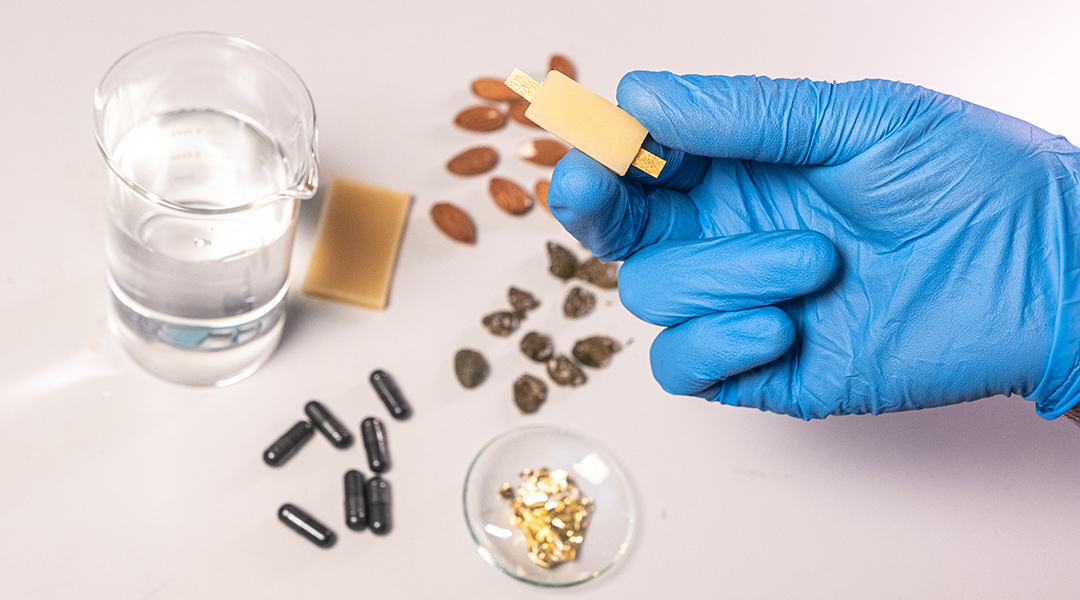
A battery made from food makes edible electronics palatable
An edible and rechargeable battery to power devices used for GI tract monitoring, therapeutics, and analyzing food quality.
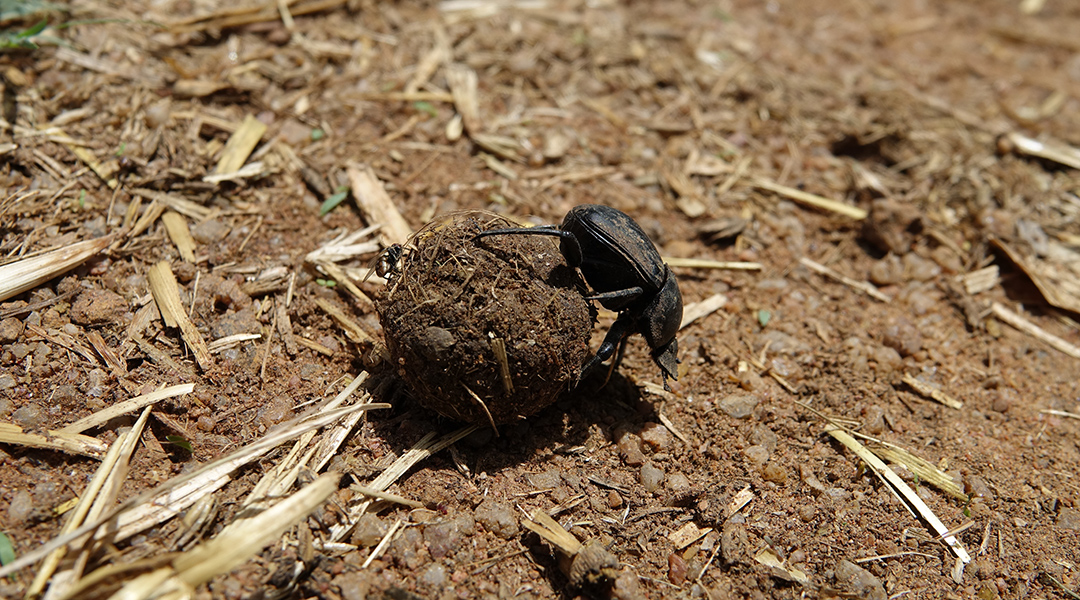
What influences where scarab beetles roll their dung balls?
A numerical model helps scientists understand how particularities of different terrains affect the trajectory and behavior of dung beetles.

Colorful ventral wings help birds avoid mid-flight collisions
The colorful markings on birds’ wings act as signals to help them avoid perilously crashing into one another when flying in large groups.
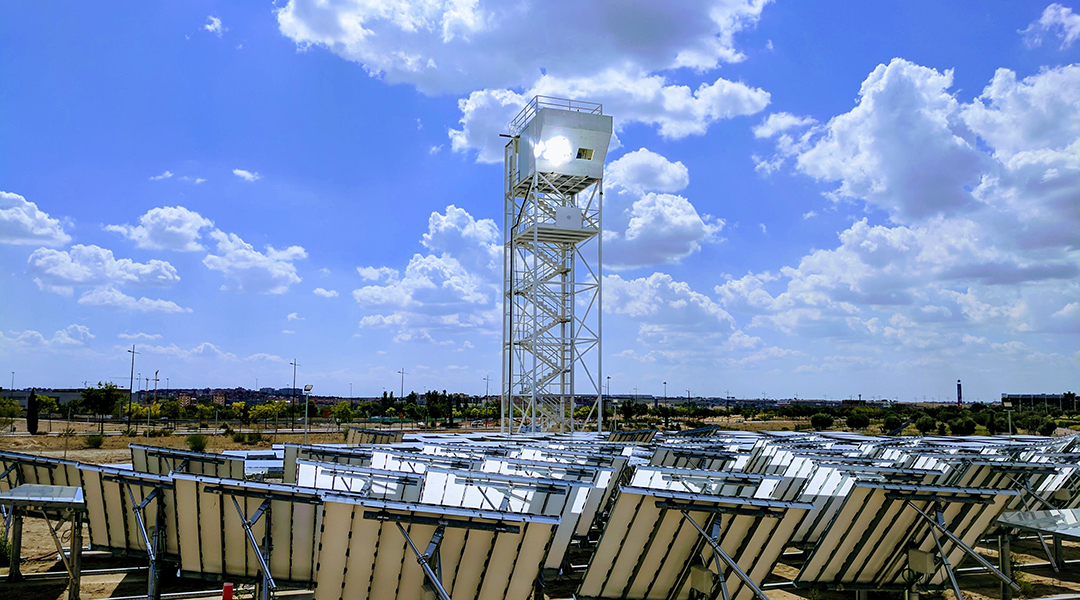
Solar kerosene: One giant leap for humankind
The production of kerosene directly from carbon dioxide and water promises to be a game-changer in the energy field.
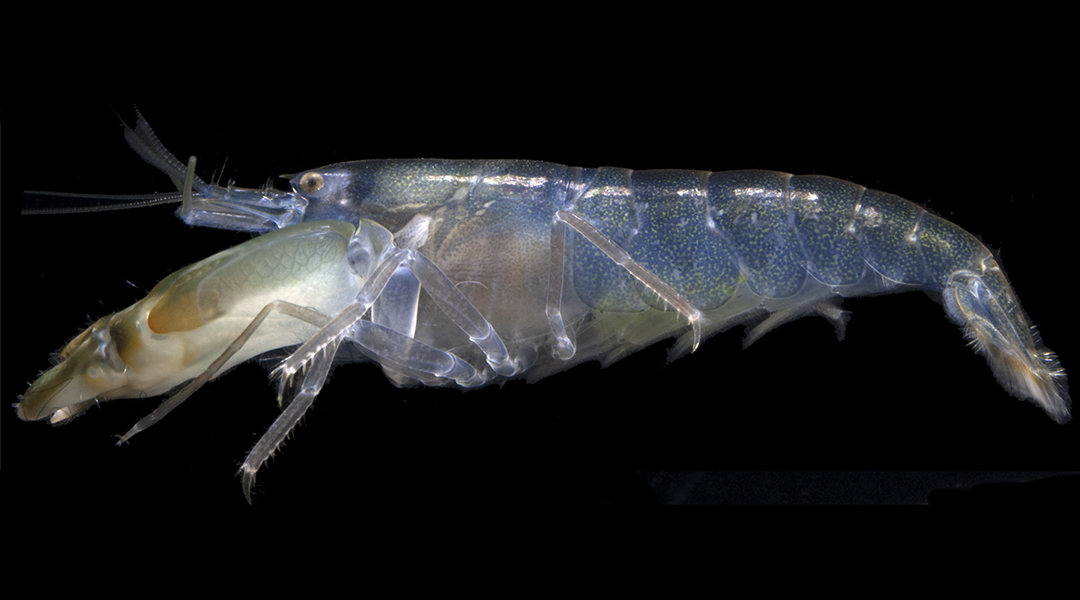
Helmet-like hood protects snapping shrimp from their own shock waves
A natural orbital hood found in snapping shrimp deflects energy from shock waves they produce to kill prey and fight for territory.

A breakthrough in nuclear fusion announced
After decades of experimentation, US scientists achieve ignition in a controlled fusion experiment for the first time.
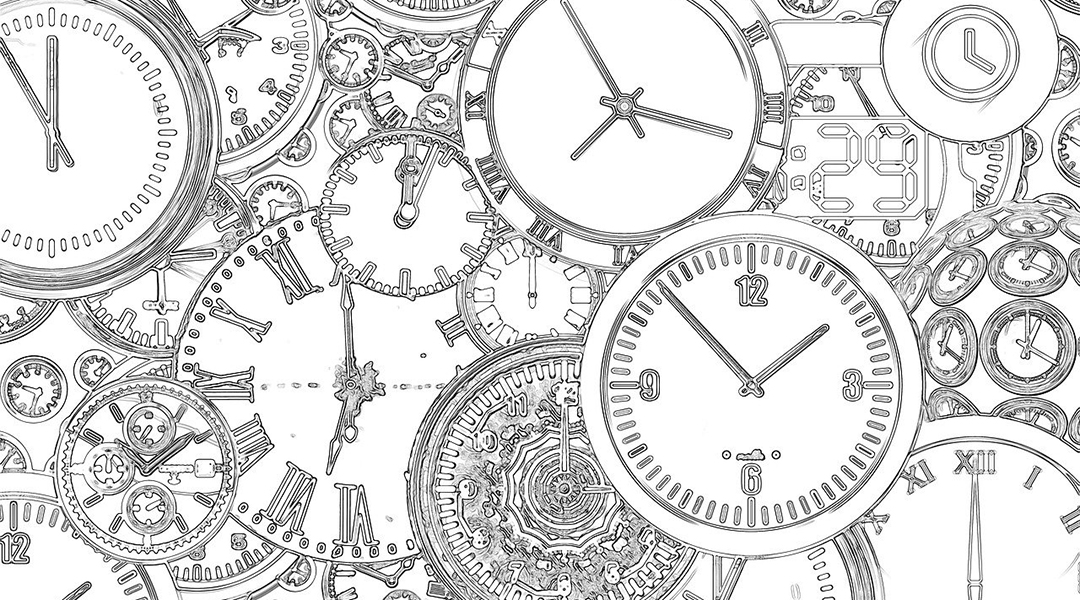
Building ultra-precise clocks thanks to quantum entanglement
Scientists use quantum entanglement to compare two atomic clocks achieving what might be the ultimate precision possible.

Automation enables modular synthesis of new molecules for lasers
An automated synthesis platform called Chemspeed reduces time and labor when searching for organic molecules as gain mediums in lasers.

JWST provides unprecedented look at exoplanet WASP-39b
New observations of WASP-39b with the JWST has provided the clearest, most detailed picture of an exoplanet to date.



